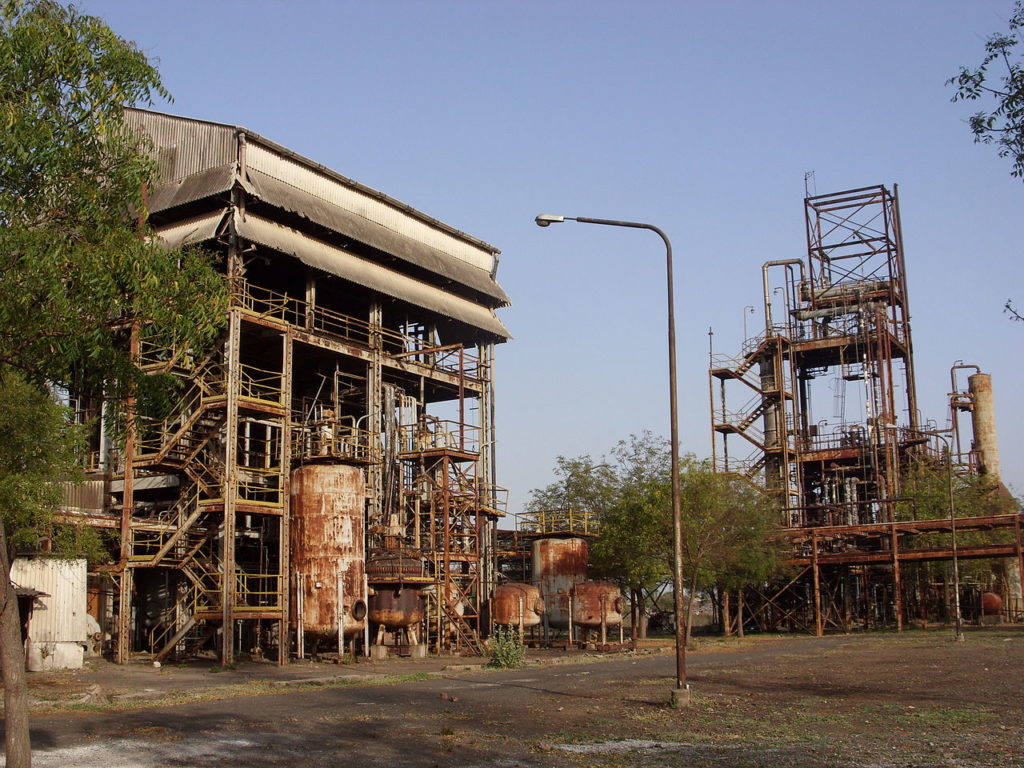As much as we should appreciate what engineers do for us and usually come up with state of the art designs, it should not be forgotten that quite often, the design process is trial and error while applying theory to real world situations. Trial and error sometimes finds its way too late in the process at the production stage, what most of us would normally call a “design failure”.
Here are the five most popular engineering design failures:
1 Concorde Air France Flight 4590 Crash (2000)
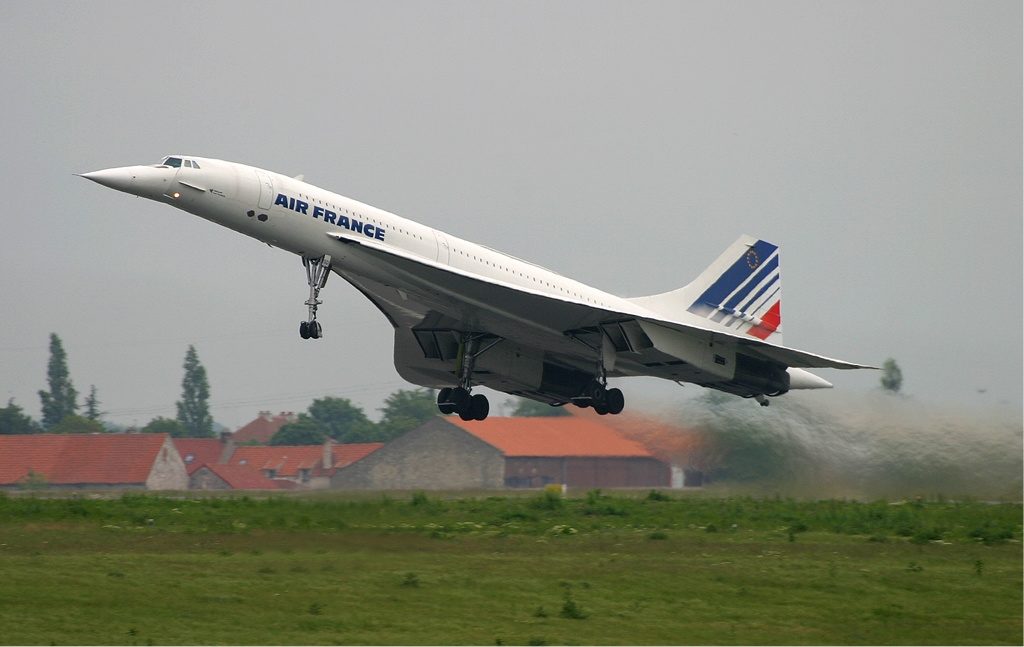 Air France Concorde taking off in May 2003 – Paris, Charles de Gaulle
Air France Concorde taking off in May 2003 – Paris, Charles de Gaulle
(Image: Alexander Jonsson, GFDL 1.2)
On 25th of July, 2000, Air France Flight 4590 crashed near the Charles de Gaulle Airport killing all 109 people on board and 4 on the ground. The post crash investigation revealed that the main culprit for the accident was the airplane tire explosion which in turn projected large debris into the underside of the wing that triggered the fuel fire ball.
It is also a fact that, due to its high speed during takeoff, the supersonic airplane tires were much more susceptible to explosions when compared to their “slower” counterparts.
Nevertheless, in this case, the blame was attributed to a piece of titanium alloy strip that fell on the runway from a Continental Airlines DC-10 and caused the tire to rupture.
Following this unfortunate accident and such high safety risk in future flights, the Concorde program had implemented the necessary improvements but could not fully recover due to the 9/11 attacks and shut down operations in late 2003.
2 The Tacoma Narrows Bridge Collapse (1940)
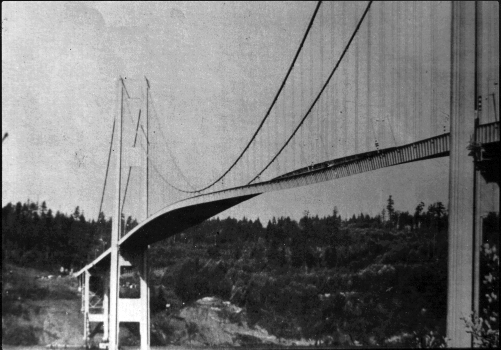
The Tacoma Narrows Bridge Collapse
Just 4 months following its opening on June 1st 1940, the Tacoma Narrows Bridge collapsed on November 7th 1940. One main flaw of this design was inadequate rigidity due to lack of construction materials in order to reduce the project costs. The absence of rigidity allowed for the structure to undergo intense oscillations that were caused by 65km/hour winds. In the end the system became so unstable and finally the bridge collapsed.
This was a great lesson in vibration theory and proper project budgeting. So if any of you young engineers think about skipping that Theory of Vibrations class, you should think twice or even thrice.
3 The Vajont Dam Disaster (1963)
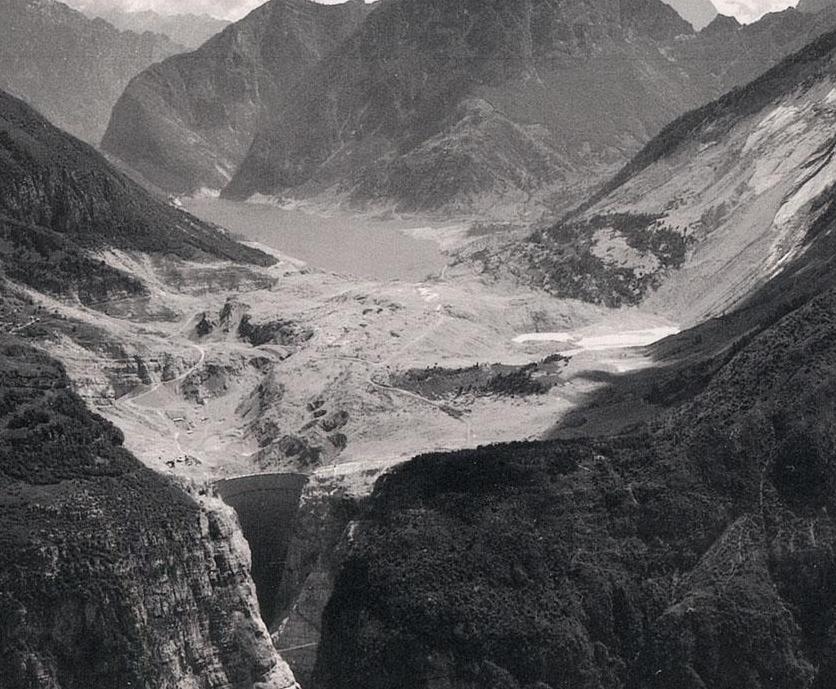
The Vajont Damn disaster
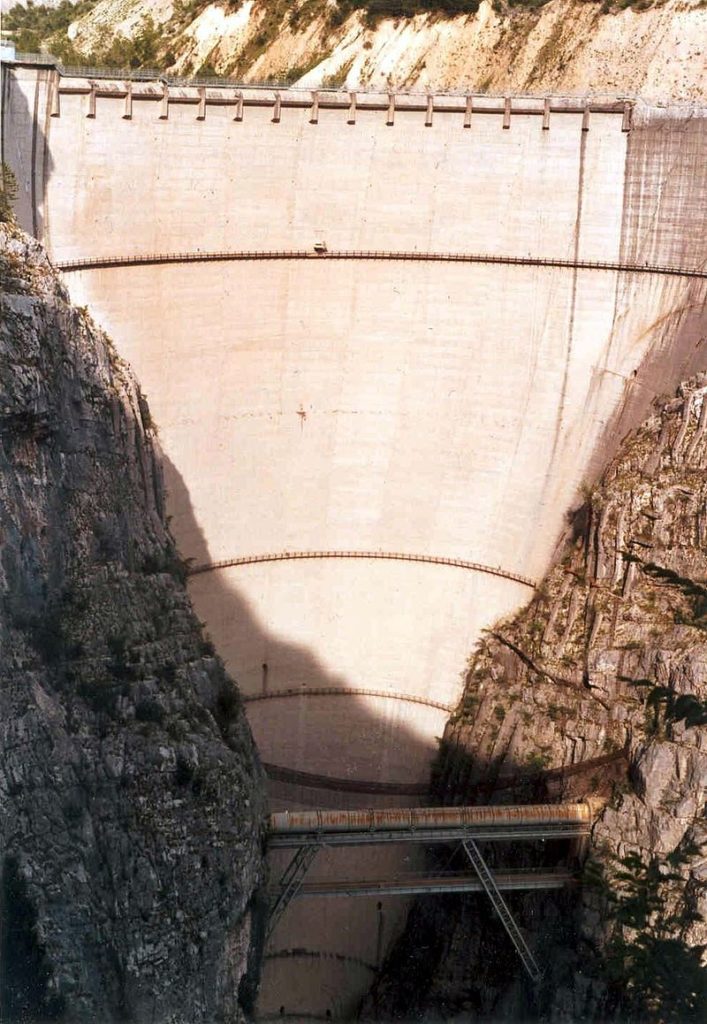 Vajont Dam in 2002
Vajont Dam in 2002
Designed by Carlo Semenza in the 1920s, the Vajont Dam construction was completed in 1960. Three years later on October 9, during the initial filling, an immense landslide of earth, rocks and trees fell into the reservoir at high speed and volume. This incident added an additional 50 million cubic meters in to the reservoir in a 45 second timeframe that caused a wave of 250 meters in height spilling over the damn. The enormous volume of water and debris came down like an avalanche annihilating whatever was in sight of the Piave valley resulting in complete destruction of 5 nearby villages and claiming the lives of estimated 2000 victims.
Following investigations and engineering analysis indicated that the main design error which significantly contributed to the disaster was the poor evaluation, study and choice of location for the dam. The area was filled with limestone and clay-stone rocks bonded with clay which when combined with heavy September rains, made the whole mix a perfect recipe for a land slide.
4 The sinking of the Titanic
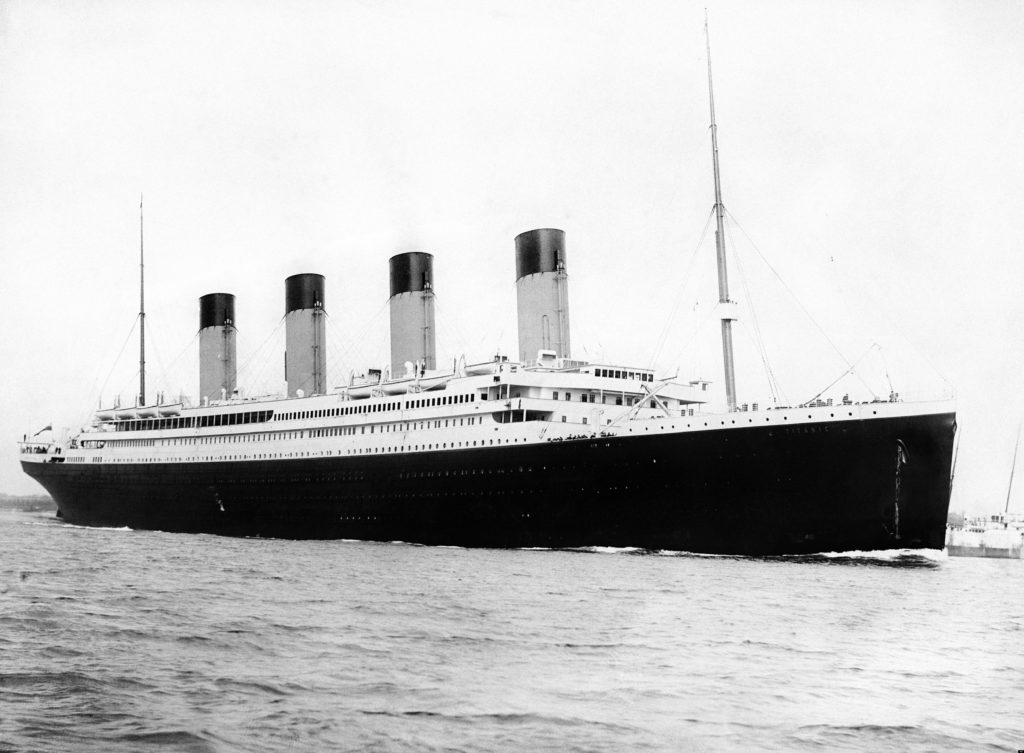 RMS Titanic departing Southampton on April 10, 1912
RMS Titanic departing Southampton on April 10, 1912
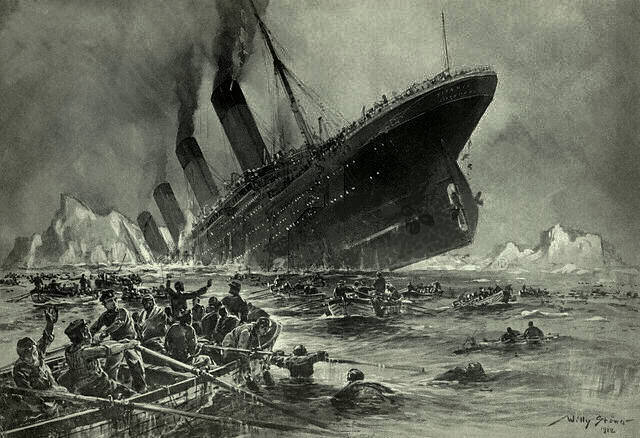
Sinking of Titanic
On April 14, 1912 just 4 days after its departure from Southampton, England, this massive ship collided with an iceberg located about 600 km south of Newfoundland. Nearly 300 feet of the ship’s hull got damaged which opened up the gates for extreme flooding to five out of sixteen watertight rooms. As we follow the rest of the story, the ship then began to sink nose down until its stern was oriented at 45 degrees and only then the ship broke in half at mid section due to exceeded ultimate stress of steel structure. The two halves of the ship then sank at different rates and finally lay at the bottom of the ocean. The event claimed more than 1500 lives and did not distinguish between rich and poor.
Research and several expeditions to the bottom of the ocean have brought to light several design flaws: the hull steel was too brittle, in fact the recovered pieces showed no evidence of bending prior to breaking apart, the use of substandard rivets also contributed to the deterioration as the ship scraped against the iceberg they either popped out due to skin buckling or sheared off, the design of the watertight compartment transverse bulkheads was inadequate for this type of accident, because of their watertight capability in horizontal orientation only and with a height extending a few feet above the water line, they did absolutely nothing to prevent the water from spilling over from one compartment to the other as the ship was tilting towards the 45 degree angle.
Not too many realize that it was not just the fact that there was a collision and inadequate emergency equipment which claimed so many lives but also the negligence or lack of experience with proper material selection and possible emergency cases consideration.
This is a perfect example of case study for you engineers studying mechanics of materials and material science.
5 The Bhopal Gas Tragedy (1984)
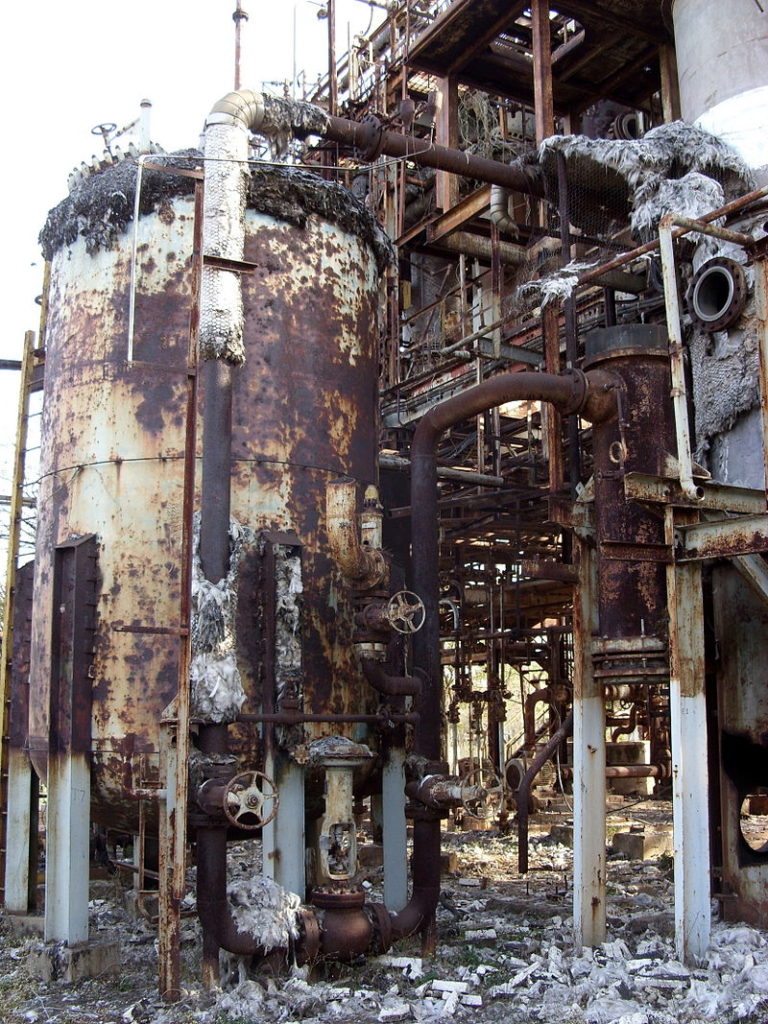
The Bhopal Gas Tragedy
(Image: Julian Nitzsche, CC-BY-SA 3.0)
The Bhopal Gas Tragedy
(Image: Julian Nitzsche, CC-BY-SA 3.0)
On December 2, 1984 the UCIL pesticide plant in Bhopal, India, leaked 27 tons of the deadly gas methyl isocyanate to surrounding areas and nearby regions, instantly killing an estimated 2260 victims and an estimated additional 16,000 people weeks after the incident. Over 500,000 related injuries were recorded.
The cause of this horrible industrial disaster is highly debated but it is argued that the main culprit was inadequate process and safety regulations practiced by the company. A number of safeguards were in place but no one bothered to make use of them even during the first moments following the start of the leak. Poor reservoir design was also to blame.
This is considered by far the worst industrial disaster in history and a painful lesson to humanity that not only the quality of a design matters but also how well users of the final product understand its operation, safety precautions and other critical processes.
